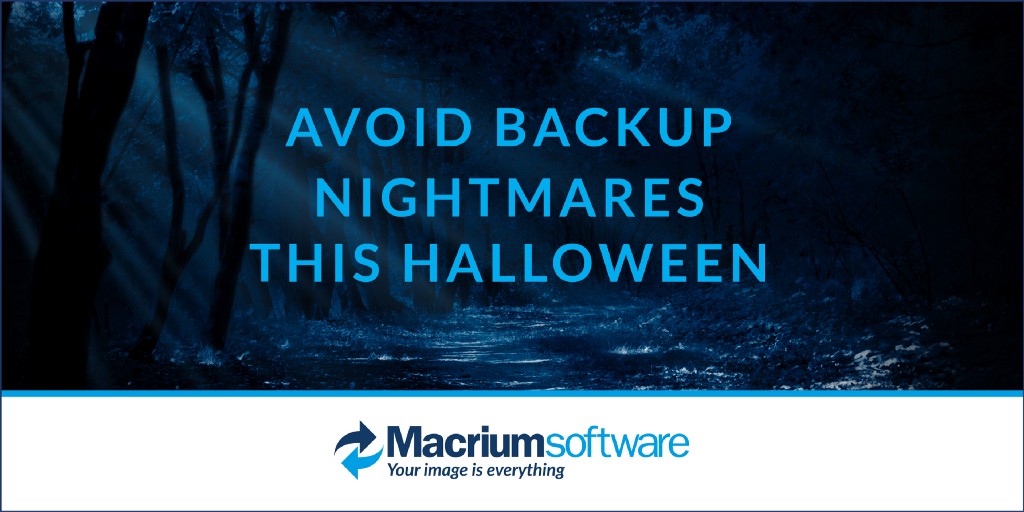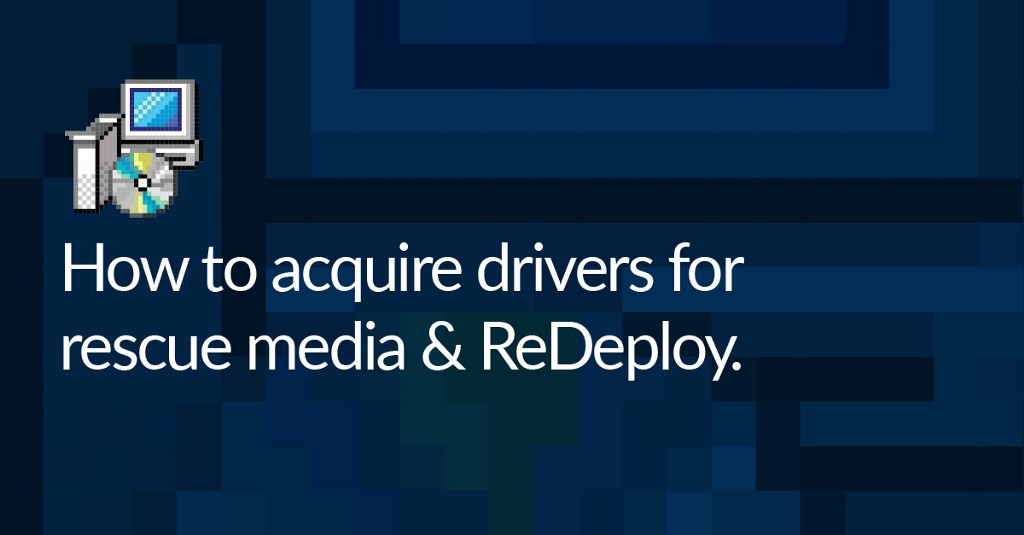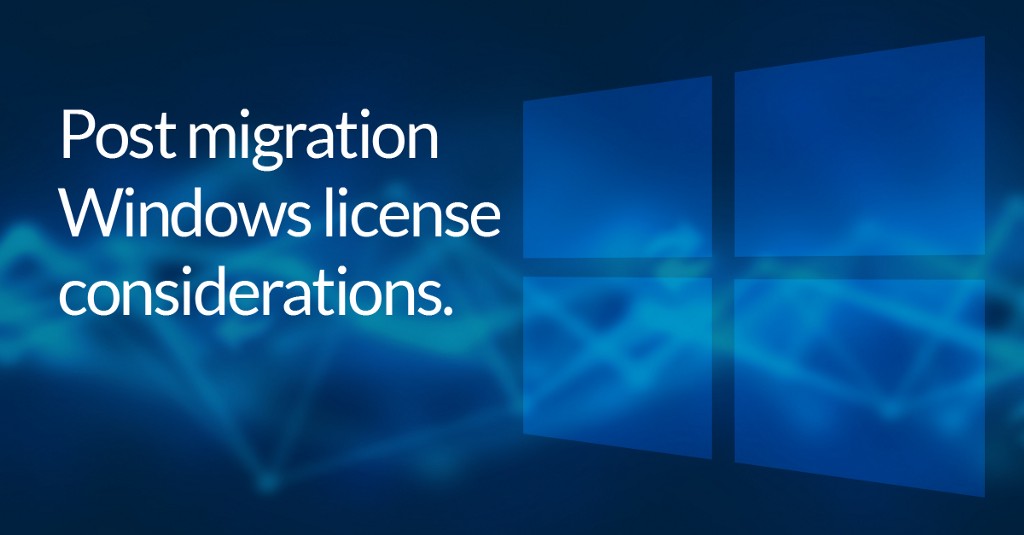How to avoid backup nightmares this Halloween


From accidental deletion to hardware failure, theft and malware, there are many ways to lose your valuable data aside from ghoulish foul play.
We have put together a few things to think about to help you setup your backup.
Remember, any backup is better than no backup; start off simple and optimise later but do it today.
What should I backup?
You have two options. They have different attributes. Depending on what you want to protect choose either one or both for the following.
- Image This will contain everything on your hard disk. If your disk fails or your computer is lost, you can use this to restore everything to new, booting hardware.
You can mount or open this backup file as a virtual drive and open or copy out file.
If you are using a compatible windows version, you can instantly boot a backup as a virtual machine. - File and Folder This enables selective backup of folders or specific file types. For example, you may want to just backup your documents folder.
A file and folder backup is roughly analogous to a very high performance zip archive with the same Macrium backup features as for image backups.
Where should I save my backups?
- USB disk This is quick and cost effective solution. You can also rotate two or more devices, keeping one in a separate location.
- USB memory stick These devices are fine for your bootable rescue environment, but are typically too small and too slow for efficient backup file storage.
- NAS This is more expensive than a USB disk but is more convenient; you have nothing to plug it, and you can share it between multiple computers.
- Cloud Hosted remote storage removes the risk of hardware failure, fire, flood or theft. However, it is slower and can be prohibitively expensive for large files such as image backups.
You may want to consider a hybrid, storing large image backups on a USB disk and keeping a copy of your, smaller, file and folder backups of your documents in the cloud.
When should I backup
Automate your backups with a backup plan. A backup plan is a combination of a schedule, sequencing and maintenance of the backup chain (purging or consolidating the oldest backup points).
To simplify the process, Macrium Reflect Home includes predefined plans. Read more here.
How to keep your backups safe
- Fire and theft: Rotate your backups, storing one device in an alternate location
- Malware: Use MIG and apply all security updates
- Corruption: Verify your backups and make a 2nd copy
- Encyption: Use AES to prevent anybody else accessing your data
What to do when things go wrong
This is why we backup, and yet is often overlooked. There are three basic scenarios:
- Recover a deleted or corrupted file: Choose a backup, mount it and copy out the file.
- My computer boots but something is broken : Choose a backup, and select restore.
- My computer won’t boot : In this case, don’t panic, you can boot your rescue media. This contains a number of tools to directly fix booting issues and restore an image backup to the same, or new hardware.
It is important to test that you can boot your rescue media. Don’t forget to check that you can access your backups and your system volume (c:\) from the rescue media. You should also check that you can mount a backup.
Summary
If you only do one thing today, setup your backup. And build rescue media. OK, that is two things.
Please read the KnowledgeBase including the quick start guide. We also have a range of videos illustrating common usage of Macrium Reflect.
Buy Macrium Reflect 7 Home edition
For a fully featured backup, you should consider purchasing Macrium Reflect Home edition.
This Halloween, we are offering 20% off Home Edition, to keep your data safe from ghouls. Offer Expires 7th November 2019:


